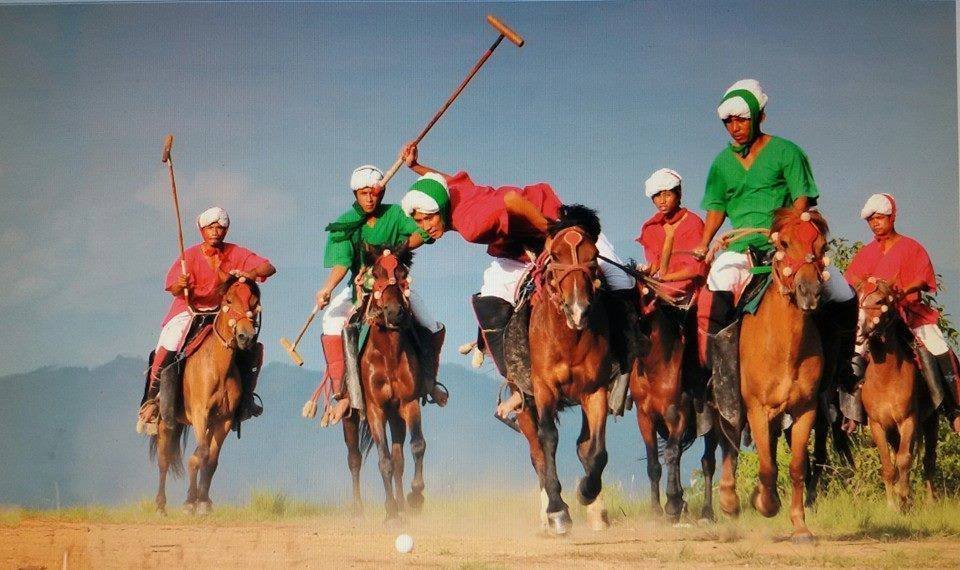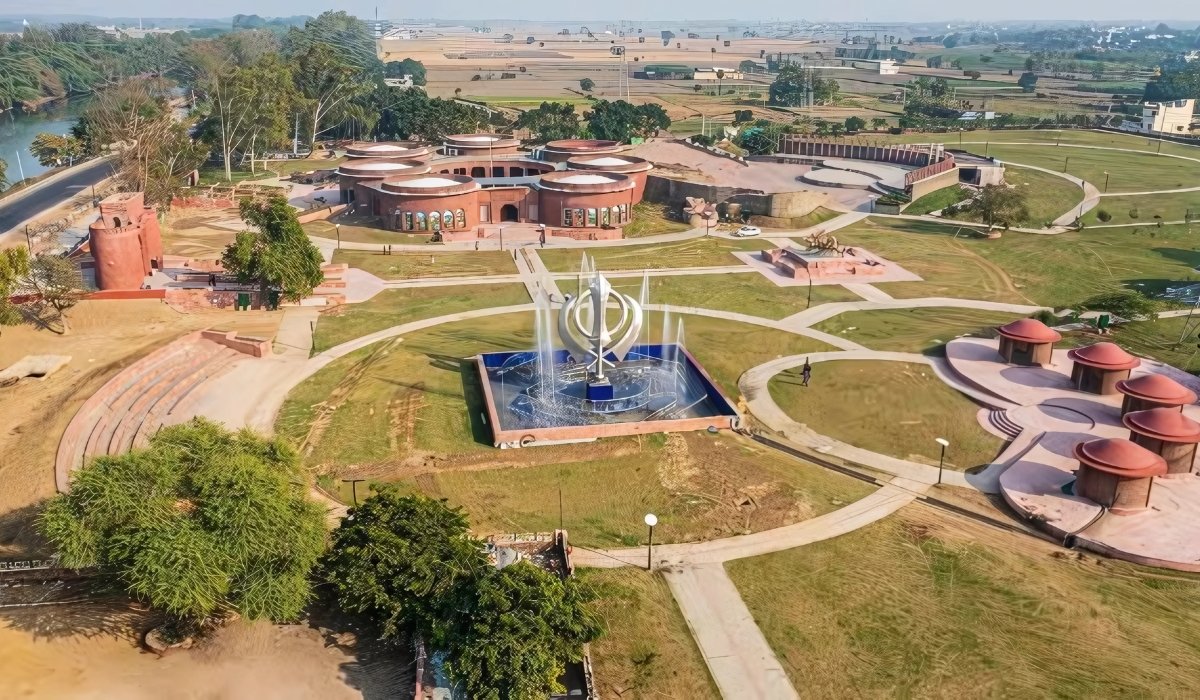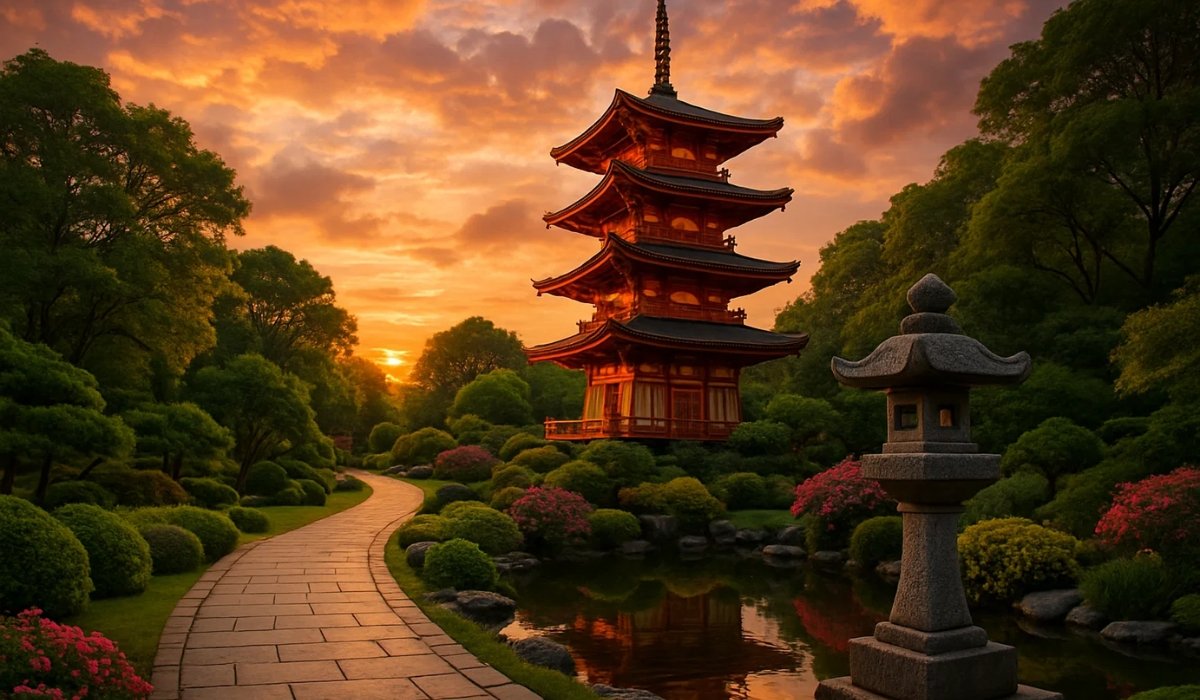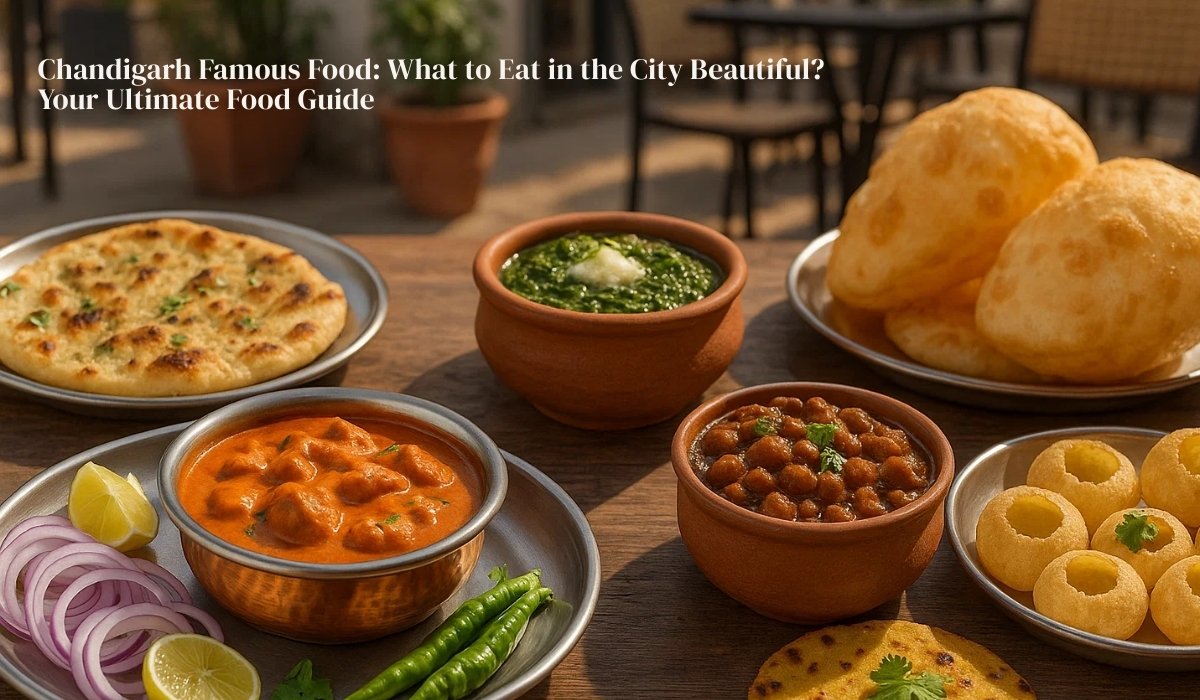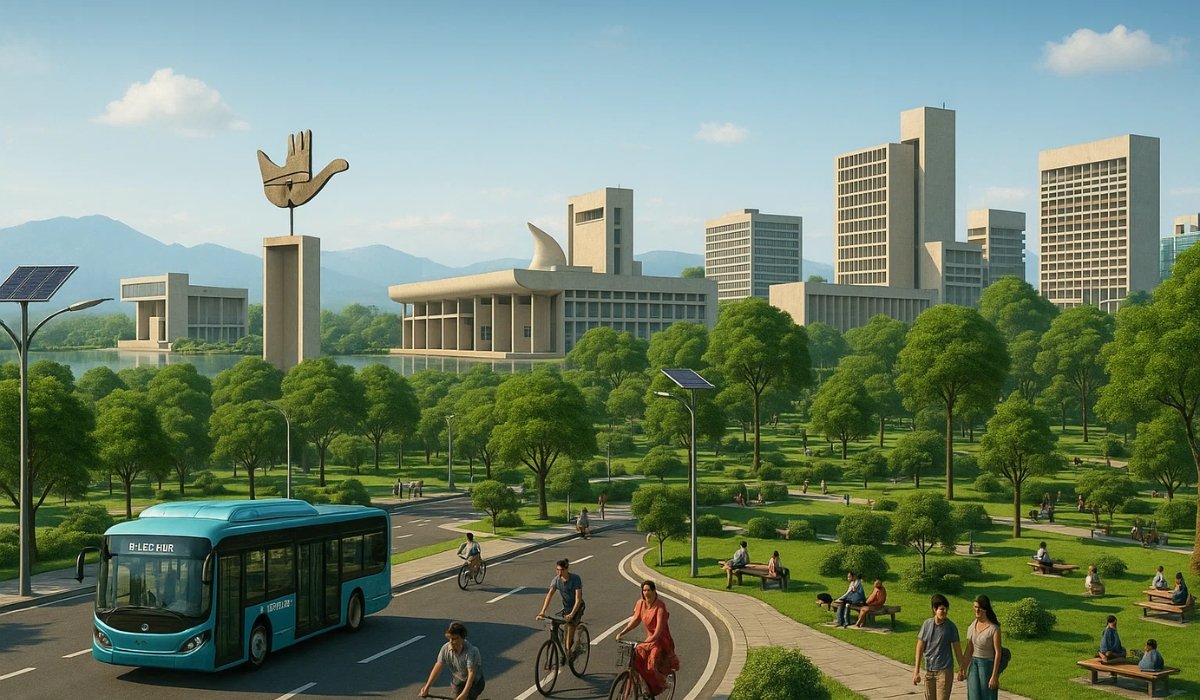The revival of dying art forms is crucial to preserving cultural heritage, yet many traditional practices have been on the verge of extinction due to modernization, globalization, and lack of patronage. However, passionate artists, cultural organizations, and government initiatives have successfully revived several lost art forms, bringing them back into the mainstream. This article explores ten such traditions that have been restored and are now thriving once again.
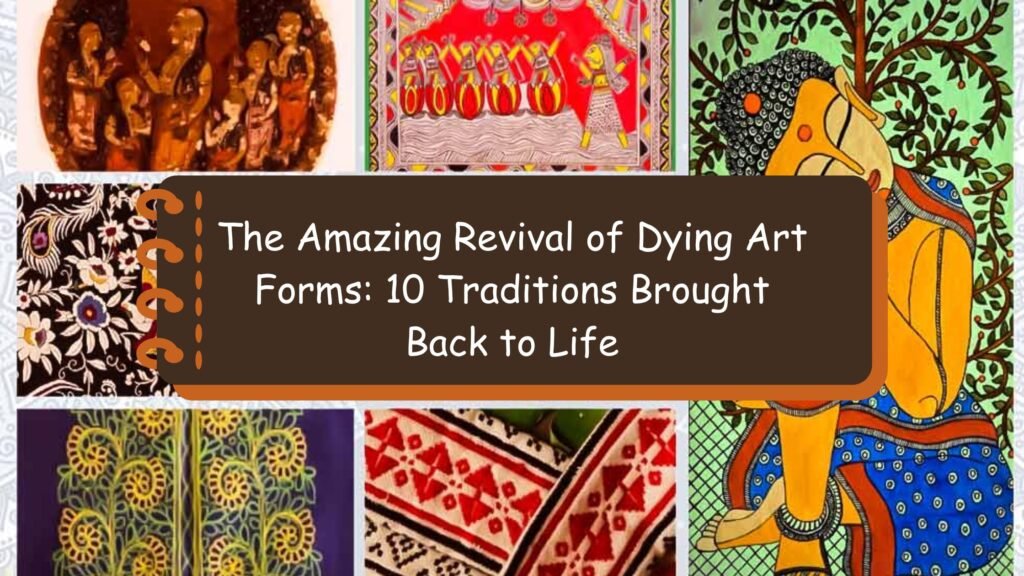
The Amazing Revival of Dying Art Forms
1. Madhubani Painting – From Rural Walls to Global Recognition
Madhubani painting, a folk art from Bihar, India, was once confined to the walls of rural homes. Thanks to the efforts of NGOs and government programs, artists now showcase their intricate designs on paper, fabrics, and even international platforms. The revival has provided financial stability to local artists and preserved the legacy of this vibrant tradition.

2. Khadi Weaving – The Fabric of Freedom Returns
Once championed by Mahatma Gandhi as a symbol of India’s self-reliance, Khadi weaving had nearly faded with the rise of industrial textiles. However, sustainable fashion movements and eco-conscious designers have revitalized this craft. Government incentives and modern adaptations have ensured that Khadi remains an essential part of India’s textile industry.

3. Kintsugi – The Japanese Art of Repairing Pottery
Kintsugi, the Japanese technique of mending broken pottery with lacquer mixed with gold or silver, was nearly lost in the 20th century. Recently, it has gained global popularity as a philosophy of embracing imperfections. Artisans in Japan and abroad now practice and teach this craft, giving old pottery a new lease on life.

4. Tholu Bommalata – Andhra Pradesh’s Shadow Puppetry Revival
The ancient art of Tholu Bommalata, or shadow puppetry, faced extinction as modern entertainment took over. However, cultural organizations have revived this storytelling tradition by integrating contemporary themes into performances. Workshops and international exhibitions have also played a role in preserving this visually stunning art form.

5. Parsi Embroidery – The Lost Heritage of a Community
Parsi Gara embroidery, once an essential part of the Parsi community’s identity, saw a decline due to industrialization. Efforts by heritage conservationists and fashion designers have brought it back, making it a sought-after luxury art form. Young artisans are now learning this delicate craft, ensuring its continuity.

6. Kalighat Paintings – From Temples to Trendy Home Décor
Originating in 19th-century Bengal, Kalighat paintings, known for their bold strokes and mythological themes, had almost disappeared. Today, art schools and museums have revived this form, promoting it through exhibitions and contemporary adaptations. It is now used in home décor and fashion accessories, keeping the tradition alive.
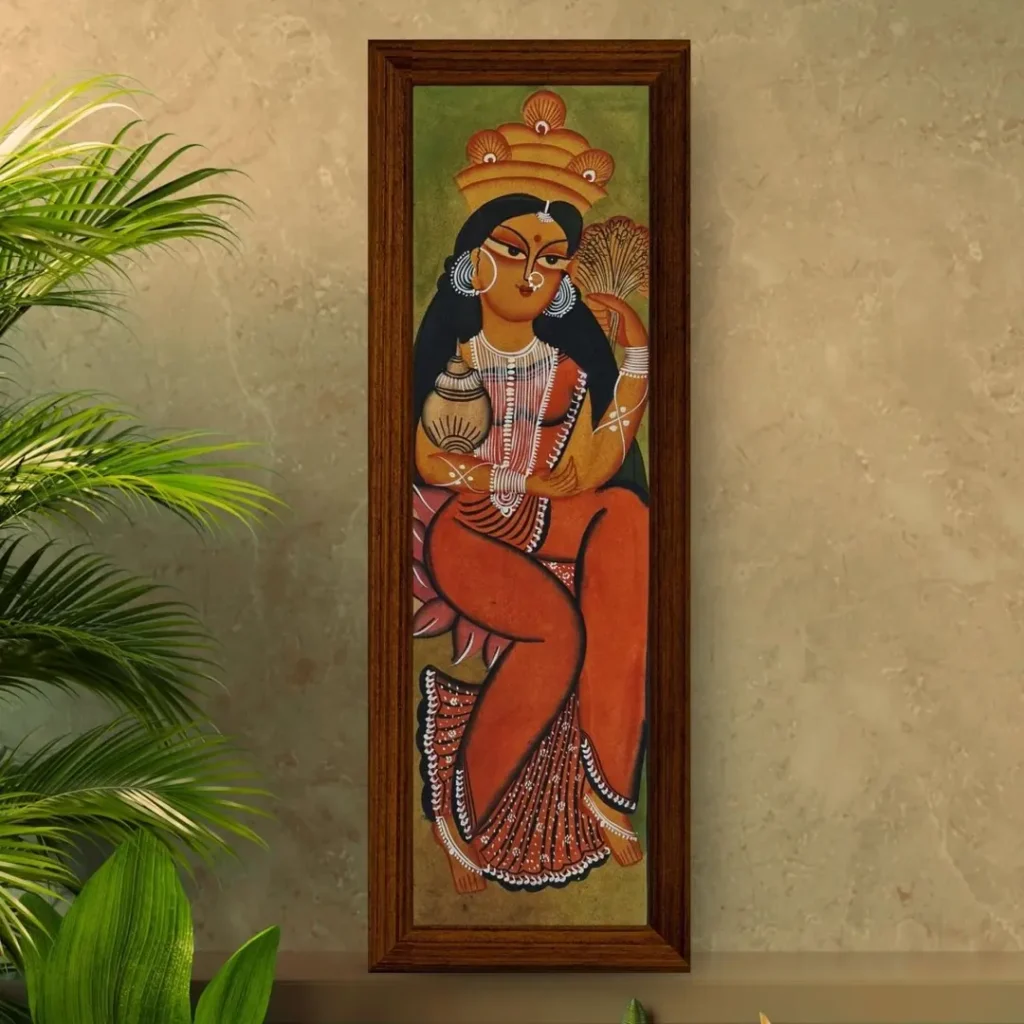
7. Duduk Music – Armenia’s Soulful Sound Reclaimed
Duduk, an ancient Armenian woodwind instrument, was at risk of being forgotten. UNESCO’s recognition and dedicated musicians have led to a revival, making it a popular element in world music. The haunting melodies of the duduk are now appreciated globally, keeping Armenia’s musical heritage intact.

8. Sanjhi Art – The Delicate Craft of Paper Stencils Returns
Sanjhi, a traditional Indian craft of intricate paper-cutting, was once used for temple decorations but had nearly vanished. Art connoisseurs and government initiatives have brought it back by incorporating it into contemporary home décor and workshops. The art is now flourishing with modern innovations.
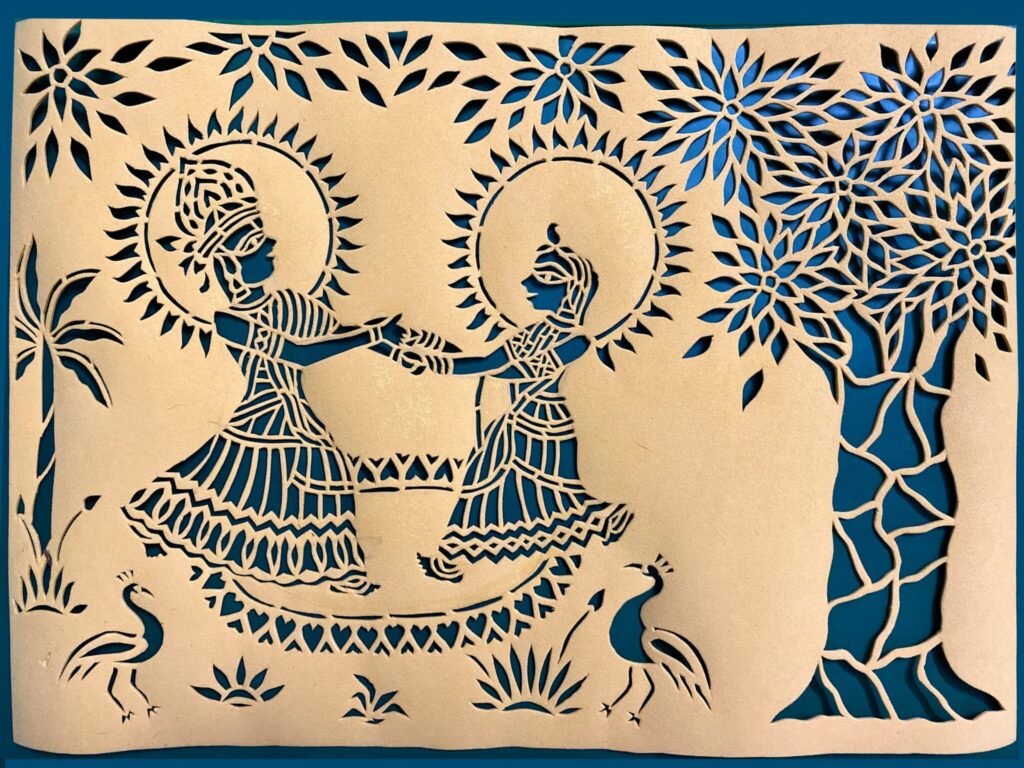
9. Aboriginal Dot Painting – A Rediscovery of Indigenous Expression
Australian Aboriginal dot painting, a symbolic and spiritual art form, was at risk due to the marginalization of Indigenous communities. Today, Indigenous artists are reclaiming and reviving their heritage, with global art markets recognizing the uniqueness of these works. Museums and collectors now actively support this rich tradition.

10. Phad Painting – Rajasthan’s Traditional Storytelling on Canvas
Phad painting, a 700-year-old folk art from Rajasthan, was nearly extinct due to a lack of practitioners. Thanks to dedicated artists and institutions, Phad paintings are now being revived with modern themes while preserving their traditional essence. The art form has found a new audience in both domestic and international markets.

Conclusion: The Future of the Revival of Dying Art Forms
The revival of dying art forms is not just about preserving culture but also about creating sustainable livelihoods for artisans. Governments, artists, and cultural organizations must continue their efforts to ensure that these traditions thrive in modern times. With growing appreciation for handmade and heritage arts, the future looks promising for these once-forgotten crafts. For more insights and updates, visit Chandigarh UT.
What are your thoughts on the revival of dying art forms? Share your opinions in the comments below!




